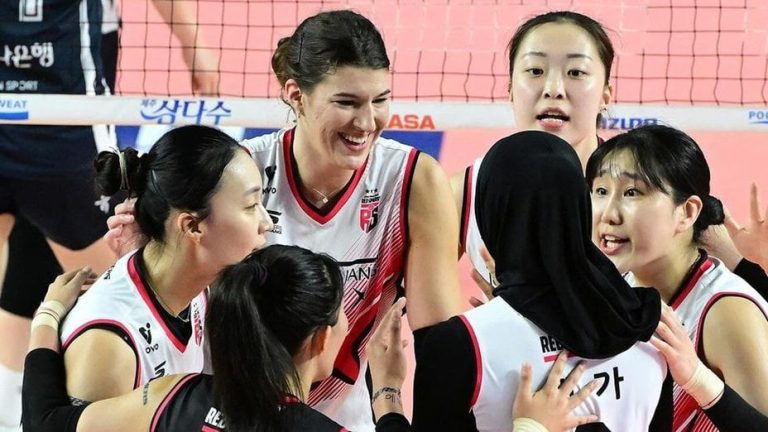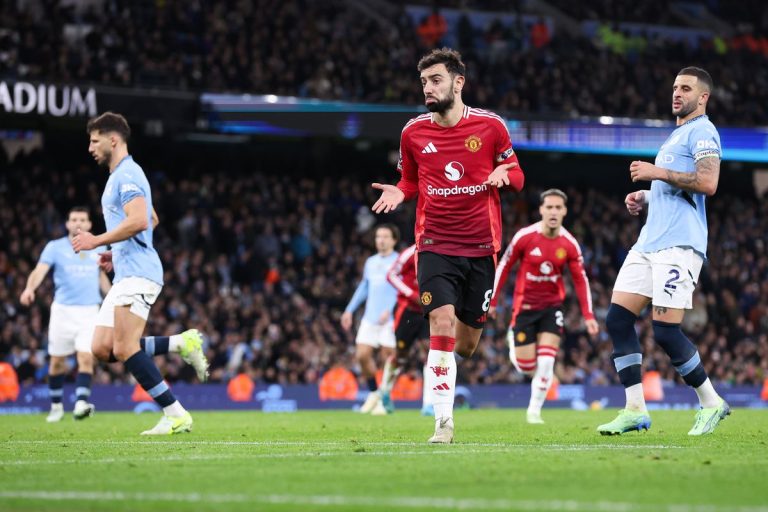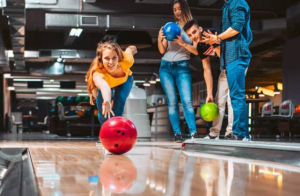Like cogs in a clockwork mechanism, joints represent a precious asset that is essential to preserve when practicing a sporting activity.
Joints, Mechanisms Put to the Test
A joint is the junction between several bones. There are different types of joints: fixed joints (at the level of the skull for example), semi-mobile (joints of the spine) or very mobile (knee, elbow, shoulder, fingers, etc.).
Playing a sport involves exerting forces on these joints. However, some have weak points.
If we take the example of the shoulder, its complex structure allows for large-scale multidirectional movements, but can dislocate more easily than other joints.
Conversely, the knee allows movements on a single plane: flexing or extending. If we force it to move sideways, injury will be inevitable.
The forces exerted on the joints can also cause microtraumas on the different elements that compose them: bones, cartilage, ligaments, tendons.
Bad posture or certain gestures repeated several times can have harmful effects on the joints.
Nutrition and Micronutrition for Joints
Turmeric is a spice that, beyond adding flavour to your dishes, helps maintain joint mobility and flexibility while helping to soothe sensitive joints.
These essential properties are largely due to the presence, in its root, of active ingredients called curcuminoids (including curcumin).
The Right Actions to Take
It is good to start with the fact that it is necessary to buy a good pair of shoes. They are very important for the absorption of impact and alleviate microtraumas on the joints.
It may sound pathetic but every day get wary of one’s posture!
You may like to consult a specialist who will be able to explain to you exercises for correcting posturing or that there are other ways of correcting it such as placing the right insoles in your shoes.
Strength training movements are important for maintaining joints that bear the weight of the body.
Strong muscles surrounding joints help keeping them intact.
















